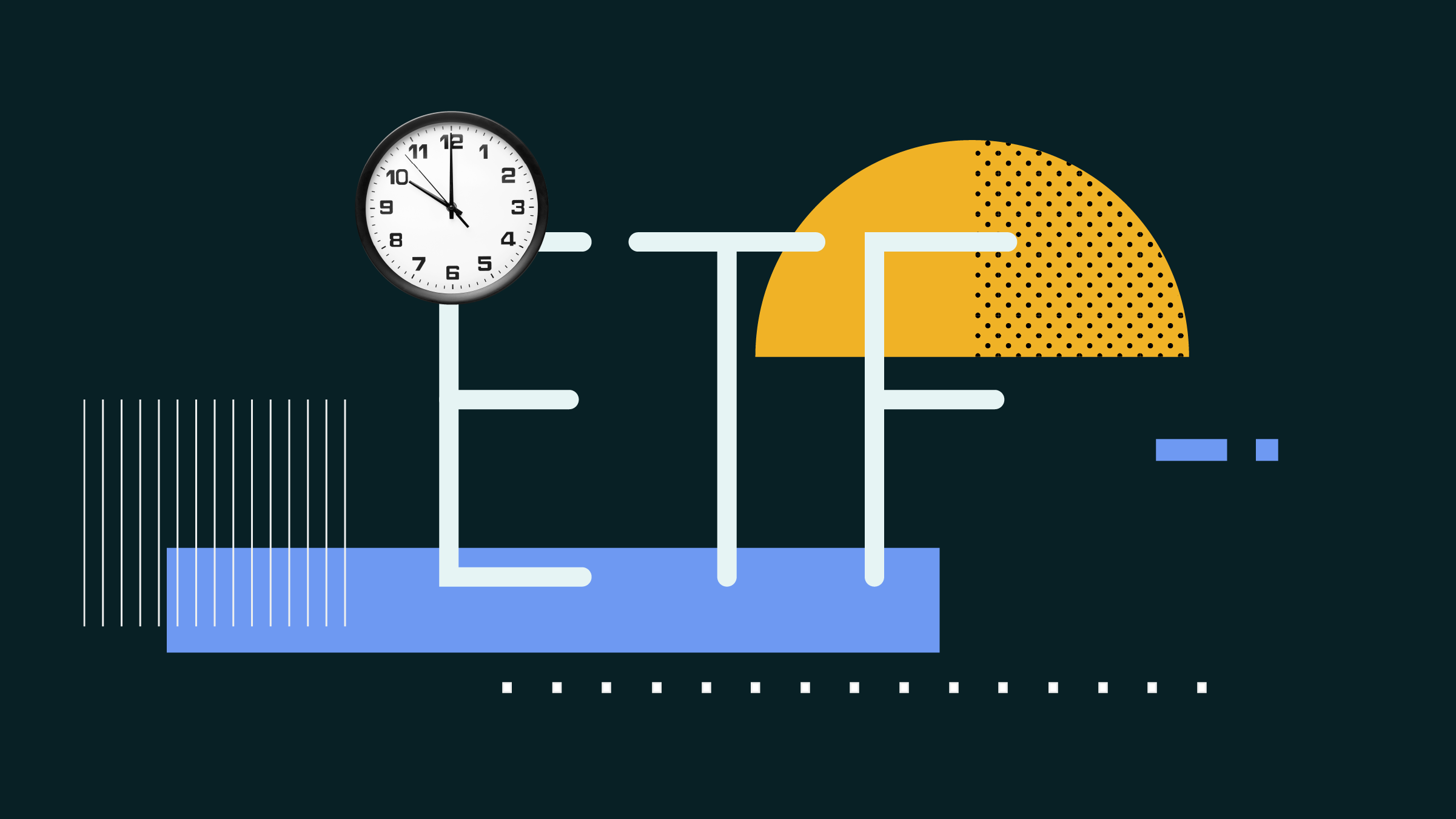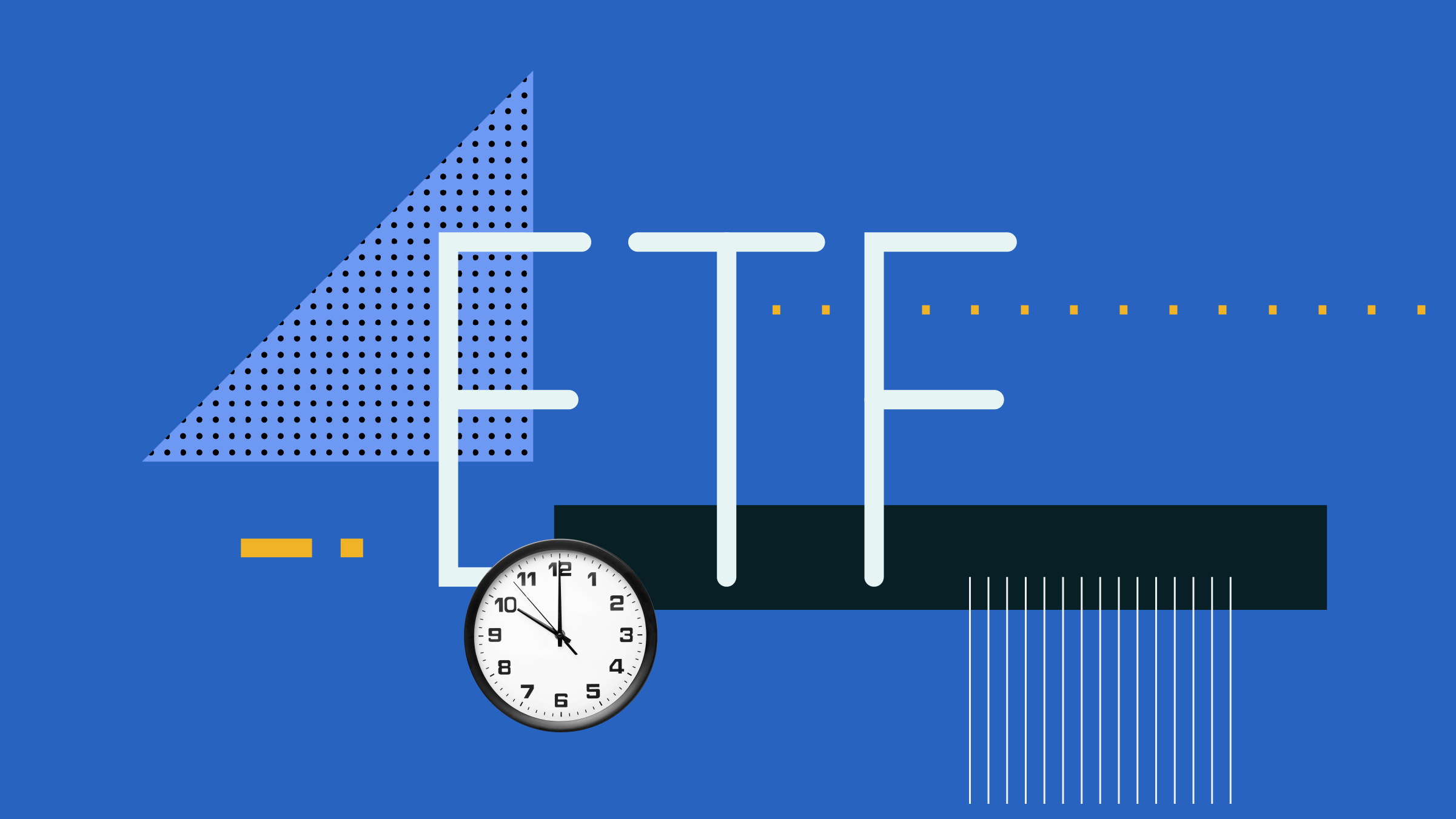Note: This article is part of Morningstar's March 2015 ETF Investing Week special report.
As interest rates remain near historical lows, enthusiasm for core investment-grade, intermediate-term fixed-income investments has waned. But while it may not be the sexiest asset class, fixed income offers important diversification benefits on top of a stable and steady income stream.
Low-cost core bond exposure is the anchor in a portfolio. With the recent spike in volatility signaling choppy waters ahead, it may not be the best time to leave the dock without an anchor.
Given the critical role that core bond exposure plays in diversifying and stabilizing investor portfolios, it is worthwhile to review the various ETFs within the category with the aim of helping investors wade through the vast and ever-growing ETF landscape.
Below is a table of 11 fixed income ETFs that have more than $100 million in assets -- five aggregate bond ETFs, three corporate bond ETFs and three government bond ETFs -- followed by commentary on each.
| Canadian Fixed Income ETFs | |||||
| Name | Ticker | Assets ($Mil) |
MER | Inception Date |
|
 |
|||||
| Aggregate | |||||
| iShares Canadian Universe Bond | XBB | 1,822.0 | 0.34 | Nov. 2000 | |
| BMO Aggregate Bond ETF | ZAG | 754.7 | 0.23 | Jan. 2010 | |
| Vanguard Canadian Aggregate Bond | VAB | 271.3 | 0.23 | Nov. 2011 | |
| PowerShares Tactical Bond | PTB | 249.0 | 0.53 | Aug. 2012 | |
| iShares Core High Quality Canadian Bond | XQB | 179.8 | 0.26 | Nov. 2009 | |
 |
|||||
| Corporate | |||||
| iShares Canadian Corporate Bond | XCB | 1,520.0 | 0.46 | Nov. 2006 | |
| BMO Mid Corporate Bond | ZCM | 768.6 | 0.34 | Jan. 2010 | |
| Horizons Active Corporate Bond | HAB | 546.8 | 0.60 | July 2010 | |
 |
|||||
| Government | |||||
| iShares Canadian Government Bond | XGB | 317.6 | 0.40 | Nov. 2006 | |
| BMO Mid Federal Bond | ZFM | 153.8 | 0.23 | May 2009 | |
| BMO Mid Provincial Bond | ZMP | 135.3 | 0.28 | Mar. 2013 | |
 |
|||||
| Data as of Feb. 28, 2015 Source: Morningstar |
|||||
 |
|||||
iShares Canadian Universe Bond XBB
XBB can be used as a core bond position by investors looking for diversified fixed-income exposure with a medium-term duration. As the "universe" in its name would imply, this fund tracks an index that is representative of a wide spectrum of the domestic bond market, giving an investor exposure to investment-grade Government of Canada, provincial, corporate and municipal bonds.
The fund is only allowed to select investment-grade bonds, and periods in which credit spreads widen is typically when Government issues do well, so the diversification inherent in this index mitigates the credit risk. While the fund's underlying index is generally viewed as a broad indicator of Canadian bond-market activity, investors should be aware of its government-bond tilt, with federal, provincial and municipal issues accounting for roughly 70% of the index.
An aggregate fixed income holding such as XBB can serve as the ballast for a broadly diversified portfolio. Those seeking to deploy XBB within an asset allocation framework should note the fund's diversification benefits within the context of their entire portfolios. Consider that over the trailing 10-year period, the fund's benchmark has shown no correlation (negative 3%) with the S&P/TSX Capped Composite Index. Over the trailing five-year period through February 2015, XBB has zigged when the domestic stock market zagged. Its negative 24% correlation with the S&P/TSX Capped Composite Index over this period highlights the important diversification benefits that come from a core fixed income allocation.
BMO Aggregate Bond Index ZAG
This ETF tracks the same benchmark as XBB and charges a lower annual fee.
Vanguard Canadian Aggregate Bond Index VAB
This ETF is one of the cheapest options for broad exposure to domestic fixed income. VAB tracks the Barclays Global Aggregate Canadian Float Adjusted Bond Index, which differs slightly from XBB's benchmark but still offers similar exposure thanks to the homogeneous nature of the bond market. The most significant difference is that VAB skews more heavily toward government bonds (nearly 80%), with corporates making up the remaining 20% of its portfolio.
PowerShares Tactical Bond PTB
This fund, which unlike its peers can make slight tactical shifts based on economic conditions and opportunities, is another option for a core fixed income allocation. As expected, PTB is pricier than its purely passive index-based rivals. Despite its dynamic approach, however, PTB operates with a mandate to maintain a tracking error of 1% or less to the FTSE TMX Canadian Universe Bond Index.
iShares Core High Quality Canadian Bond Index XQB
Cost-conscious investors may also consider this low-cost option. The fund recently updated its investment strategy and now physically owns the underlying bonds in an effort to track the performance of the FTSE TMX Canada Liquid Universe Capped Bond Index. Government bonds make up approximately 60% of XQB's portfolio (33% Federal and 27% provincial), with corporates representing the remaining 40%. Financial services is by far the largest corporate sector at 31% of total assets.
iShares Canadian Corporate Bond XCB
This intermediate-term corporate bond ETF could be viewed by long-term investors as a core part of a diversified bond allocation or by tactical investors as a satellite holding when they feel corporate bonds are undervalued relative to government bonds.
The index that this ETF tracks is comprised primarily of semi-annual-pay fixed-rate corporate bonds issued domestically and denominated in Canadian dollars, with an investment-grade rating and a remaining effective term to maturity of at least one year. Currently there are roughly 750 bonds in the portfolio. Financials represent the largest sector exposure at 46% of total assets, followed by energy (15%), infrastructure (14%), communications (10%) and industrials (7%).
BMO Mid Corporate Bond ZCM
This fund's benchmark includes semi-annual-pay fixed-rate corporate bonds denominated in Canadian dollars and issued in Canada. Eligible bonds have an effective term to maturity between five and 10 years. The index contains nearly 200 bonds from issuers with investment-grade ratings of BBB or higher. For liquidity purposes the index screens for a minimum size of $100 million per issue. Index constituents are weighted by market capitalization. The fund employs a sampling strategy to track the benchmark and holds a portfolio of 124 bonds. Financial firms represent the largest sector at about 26% of the fund, followed by energy (23%), telecommunications (20%), real estate (13%), industrial (10%) and infrastructure (8%).
Horizons Active Corporate Bond HAB
HAB offers actively managed corporate bond exposure. The fund's sub-advisor, Fiera Capital Corp., seeks to leverage its macroeconomic and fundamental credit research in order to deliver superior risk-adjusted performance relative to passively managed index funds. Since its launch in 2010, the fund has indeed performed as advertised. It has beaten most of its passively managed peers and is also a top-ranked fund in the category among other actively managed mutual funds.
Investors should bear in mind that HAB's portfolio has the potential to deviate from the benchmark. Deviations are most likely to occur in the form of duration management. The portfolio managers at Fiera Capital Corp. may decide to shorten the duration exposure when they feel interest rates will rise, or lengthen duration if they feel rates will fall. The other notable difference will come from security selection. There are nearly 900 bonds in the FTSE TMX Canada All Corporate Bond Index, while HAB's portfolio contains about 150 total holdings.
iShares Canadian Government Bond Index XGB
This fund is one of the least risky investments that can be made from a credit quality perspective. The underlying index tracks a collection of bonds that are backed by the guarantee of the Canadian government, meaning that the risk of default is near zero.
That said, risk equals reward and the yields are low relative to riskier stock and bond investments. Investors in this fund should expect a regular monthly stream of payments that will fluctuate over time as the underlying coupon rates move in the index. Despite the relative absence of credit risk, this fund and the underlying index are still exposed to interest-rate and inflation risk. That is, if inflation or the real rate of return demanded by the market rises, the price on this fund will drop until the yield is high enough to reflect the current market sentiment. Conversely, in times of market turmoil, the value of this fund should rise as investors flock to safety.
The portfolio contains about 300 bonds, the majority of which are federal issues. Federal bonds comprise about 52% of assets, provincial bonds make up 46%, and municipals represent about 3%.
BMO Mid Federal Bond Index ZFM
This government bond fund focuses solely on AAA-rated Federal bonds with a term to maturity between five and 10 years.
BMO Mid Provincial Bond Index ZMP
This fund focuses solely on bonds issued or guaranteed by the Provincial Governments in Canada with a minimum credit rating of BBB and a term to maturity between five and 10 years.
My picks
For aggregate bond exposure, my pick is VAB. For corporates I like ZCM, and for government bonds my pick is ZMP. In the current environment corporate bonds seem to offer the most compelling risk-versus-return trade-off. Corporate bonds also provide better protection from inflation than government bonds thanks to their higher economic sensitivity. Investors looking to stick with government bonds should look to provincials (as opposed to federal bonds) for more attractive yields.


















